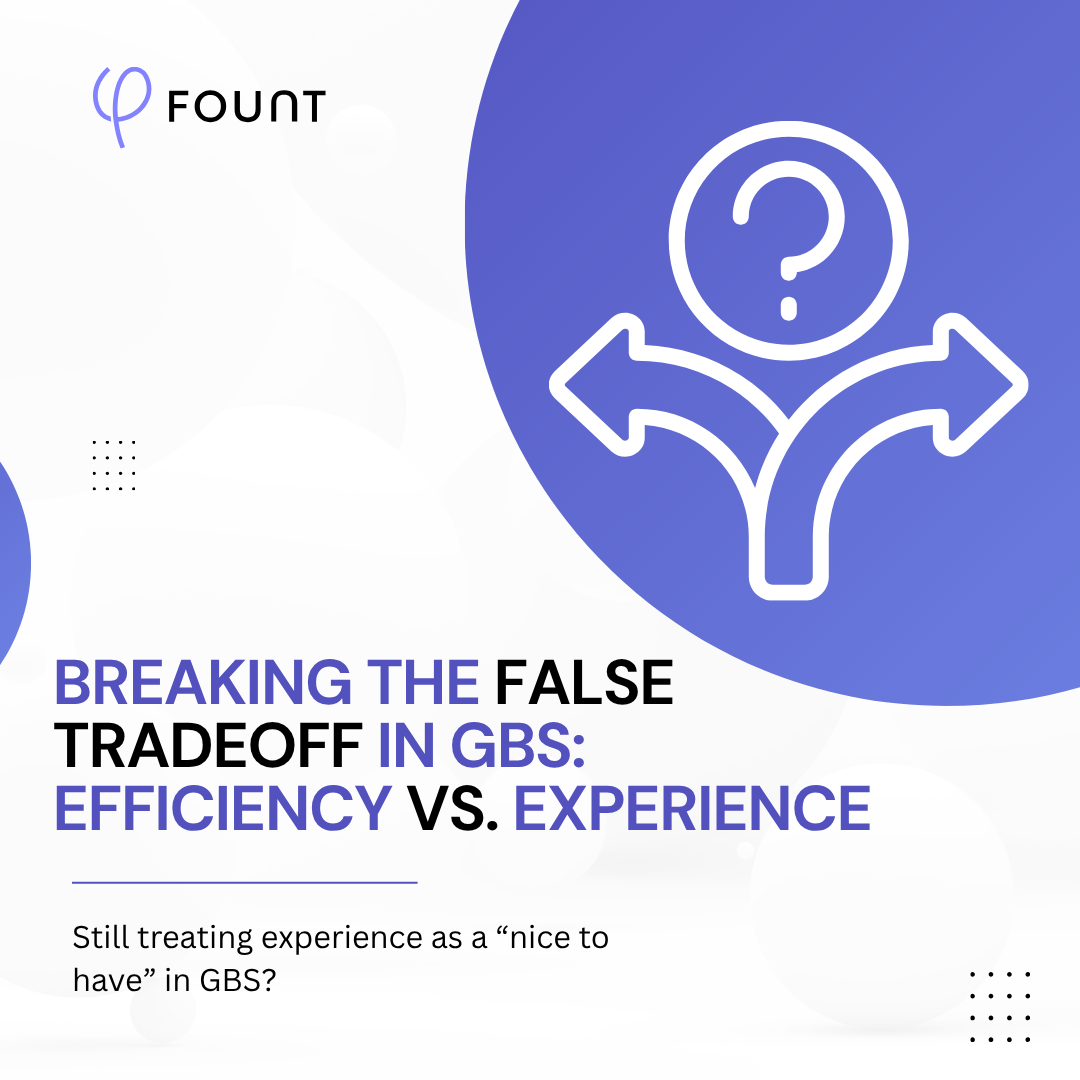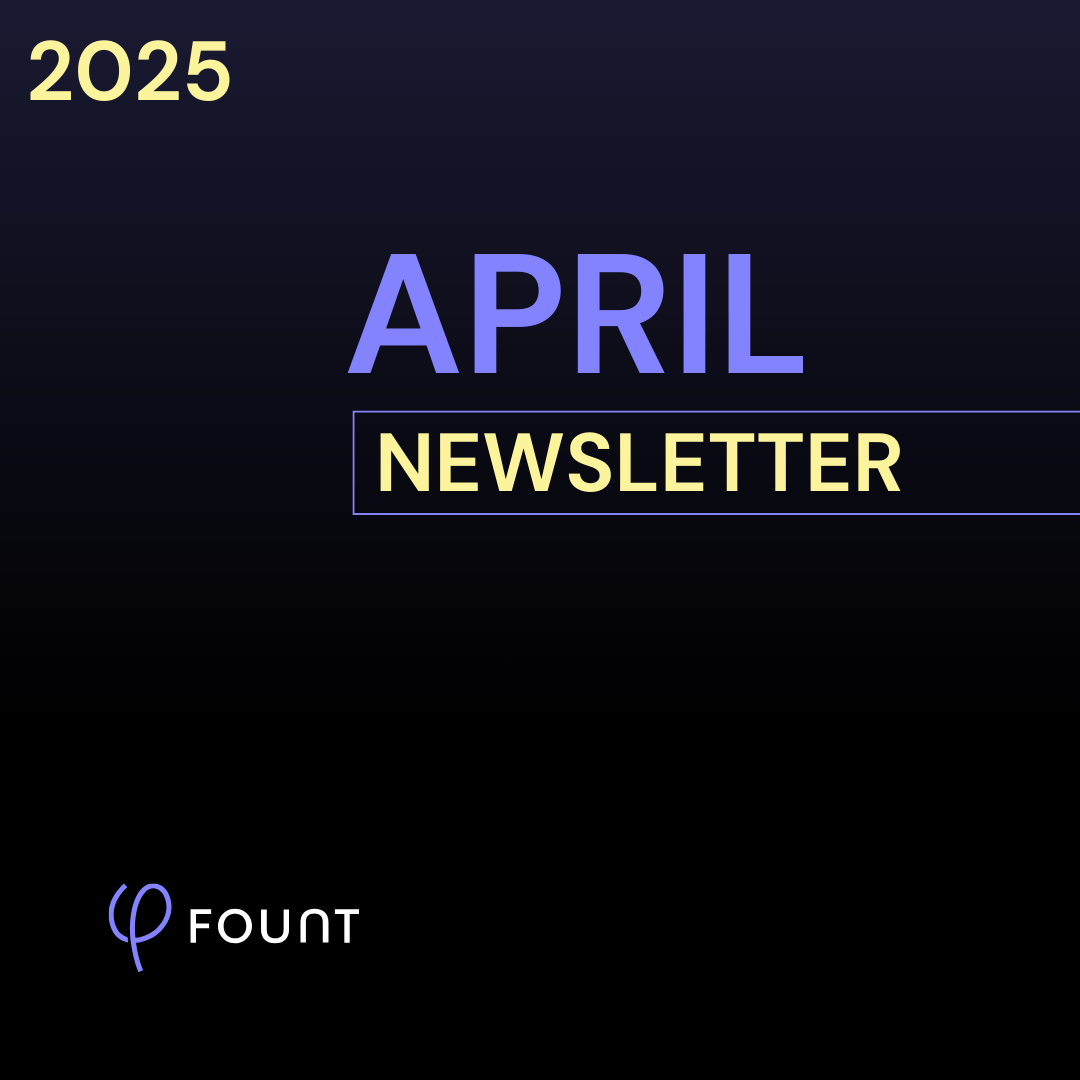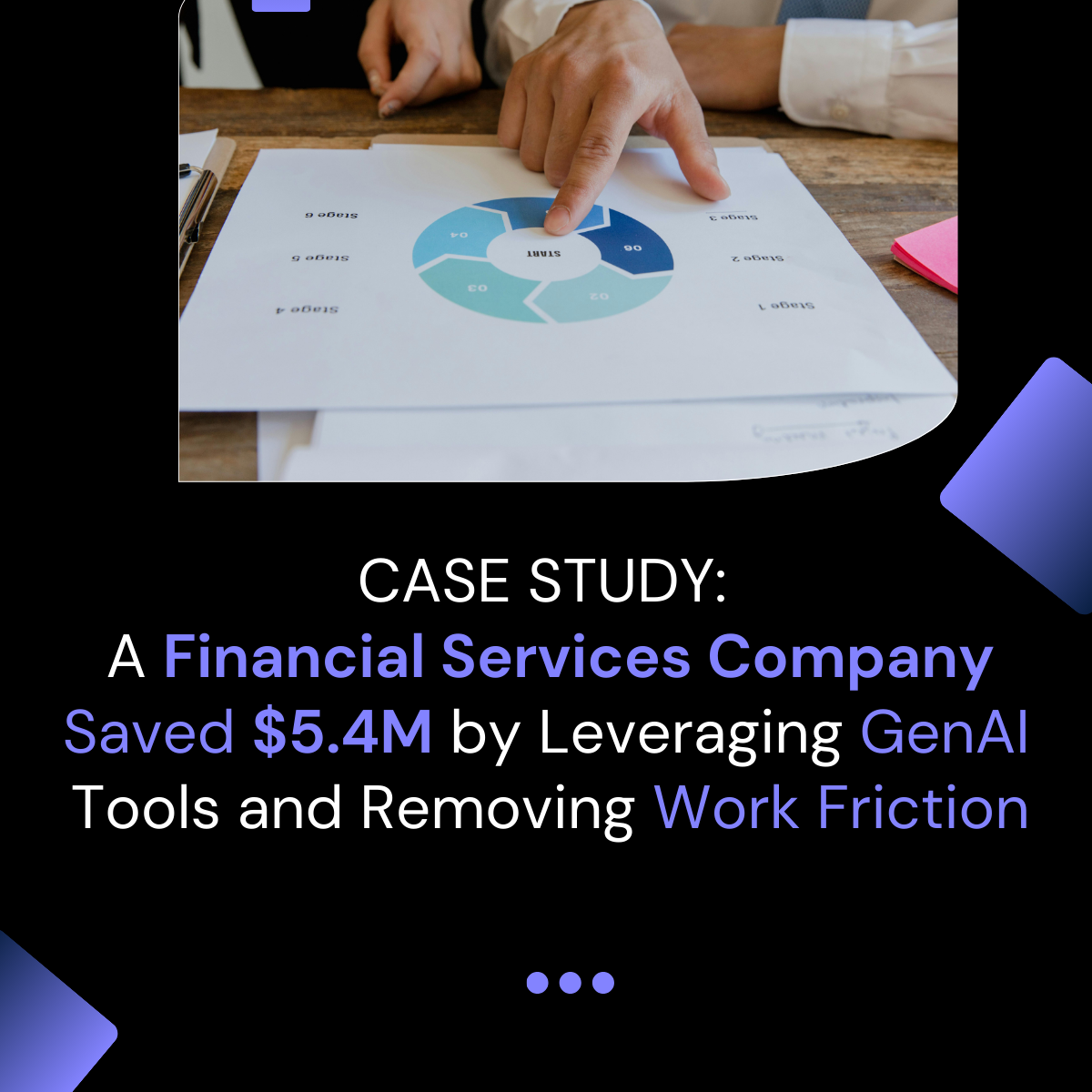You’re Giving Your Whole Call Center the Sunday Scaries
Practically everyone gets the Sunday scaries every now and then. In fact, three in four workers say they’ve experienced it before.
But there’s a difference between occasionally feeling anxious about going back to work and dreading the start of every work week. For many call center agents, that latter experience is far too common. They stay up at night worrying about the moments of weekday horror to come. And in many cases, high-friction work environments play a huge role.
If you’re not already thinking about your agents’ Sunday night experience, your call center might be a friction hotspot. But it’s never too late to reverse course. Here, we’ll explain how work friction makes agents dread their job and how to identify the highest-friction moments in their day.
Work Friction Makes Agents Dread the Call Center
If you’re reading this blog, chances are you’re familiar with work friction. (And if not, our white paper is a great starting point.) For call center agents, like all workers, work friction can make it harder to do their jobs. Eventually, they’ll start to dread going into work.
What do these moments of friction look like in the call center? Sometimes, a keyboard keeps sticking while an agent is updating up a customer’s information. Or agents have to navigate a constant flood of Slack pings. Other times, it’s a manager who is too busy to help out when an angry customer is on the line. And more often than not, it’s a combination of all these things and more.
These friction points are frustrating on their own. But most call center agents experience several moments of work friction in a single workday. And these moments tend to snowball throughout the work week. By the time folks log off on Friday, they’re completely drained – with only a couple of days to recharge before they’re back in the wringer.
In a high-friction work environment, agents can quickly lose their motivation to go to work. Sure, a vacation or mental health day might provide temporary relief. But if the environment stays the same, that dread will begin to creep back. And that comes with high costs.
Festering Work Friction Can Rattle Your Business
When agents can barely stomach the thought of going into the office, it starts to impact their health and performance – not just their motivation to show up. Left to fester, the underlying work friction can poison every part of the call center environment.
For instance, picture an agent who could barely sleep because they were anxious about another grueling work week. They might start to…
- Doze off at their workstation.
- Sound drained or exhausted on customer calls.
- Partially complete (or outright skip) key steps in their workflow.
- Drag their feet between customer interactions.
When this happens week in, week out, it’s a clear sign of burnout – a top reason behind the double-digit increase in turnover rates since 2020. This turnover can create a vicious cycle as team instability starts to impact morale. And alongside the clear human cost, high turnover can translate to thousands spent on hiring and training that goes out the door once the next cohort quits.
But that’s not all. The effects can ripple outward to…
- Customers. When agents always sound exhausted on the line or fumble their answer to a billing question, it gives customers a reason to take their business elsewhere.
- Managers. Managers may feel pressured to reduce agents’ average handle time or boost flagging CSAT scores – tough asks when they don’t know the root cause of agents’ poor performance.
If you’re turning a blind eye to work friction, you could be putting your entire call center at risk. To avoid a costly downward spiral, it’s important to minimize friction where possible. The next section explains how.
To Ease the Sunday Scaries, Ask Workers What’s Causing Them
To quickly reduce friction, leaders often race to implement a host of solutions: CRM updates, headset improvements, workflow tweaks, and more.
But this scattershot approach wastes time and money. Your HR team could open up dozens of workstreams to test out solutions, only for none of them to solve the exact problems affecting agents most.
To solve work friction, don’t assume what workers need. Just ask them directly.
With targeted surveys (aimed at a fraction of the call center team), you can identify…
- The most common work friction moments for agents.
- Exactly what’s causing the friction.
- Specific actions to improve the work environment.
Once you have this information, you can prioritize friction points to tackle, test solutions, and monitor their impact on agents’ daily experience.
For instance, if several agents report feeling frustrated with a multi-step approval process that keeps dragging out their handle times, you can experiment with alternative processes that balance efficiency and risk mitigation.
The right alternatives, of course, will depend on the specific moments of work friction your employees are experiencing. With that in mind, follow up with employees regularly about the solutions you’re testing (say, every month) to see if there’s an observable impact on their satisfaction.
Done right, this approach can help call centers clarify the steps needed to tamp down work friction – and, in turn, the Sunday scaries.

Work Doesn’t Have to be Dreadful
Let’s be honest: even with the best of call center environments, most agents will still get the Sunday scaries at some point. But it shouldn’t be a weekly experience.
When you take the steps to find and remove work friction, your employees can start their Mondays with a healthier frame of mind. That means less burnout, attrition, and wasted money on stopgap solutions.
Want to get started? FOUNT can help. Let’s get in touch.
Related Resources
See all News
FOUNT News
LIVE Webinar. Beyond AI Hype: How to De-Risk Your GBS Transformation with Friction Data

Guest Post
3 Signs Your GBS Is Creating Friction Instead of Flow (And How to Fix It)

FOUNT News
June Newsletter: Friction is Killing Your AI ROI.

Insights
Breaking the False Tradeoff in GBS: Efficiency vs. Experience

Events
LIVE Webinar – July 9th for SSON Network. Beyond AI Hype: How to De-Risk Your GBS Transformation with Friction Data

Insights
To Create New Value, GBS Leaders Need Different Data

Insights
How to Keep Up with the Latest AI Developments

Insights
APRIL Newsletter. Friction: You Can’t Improve What You Can’t See



